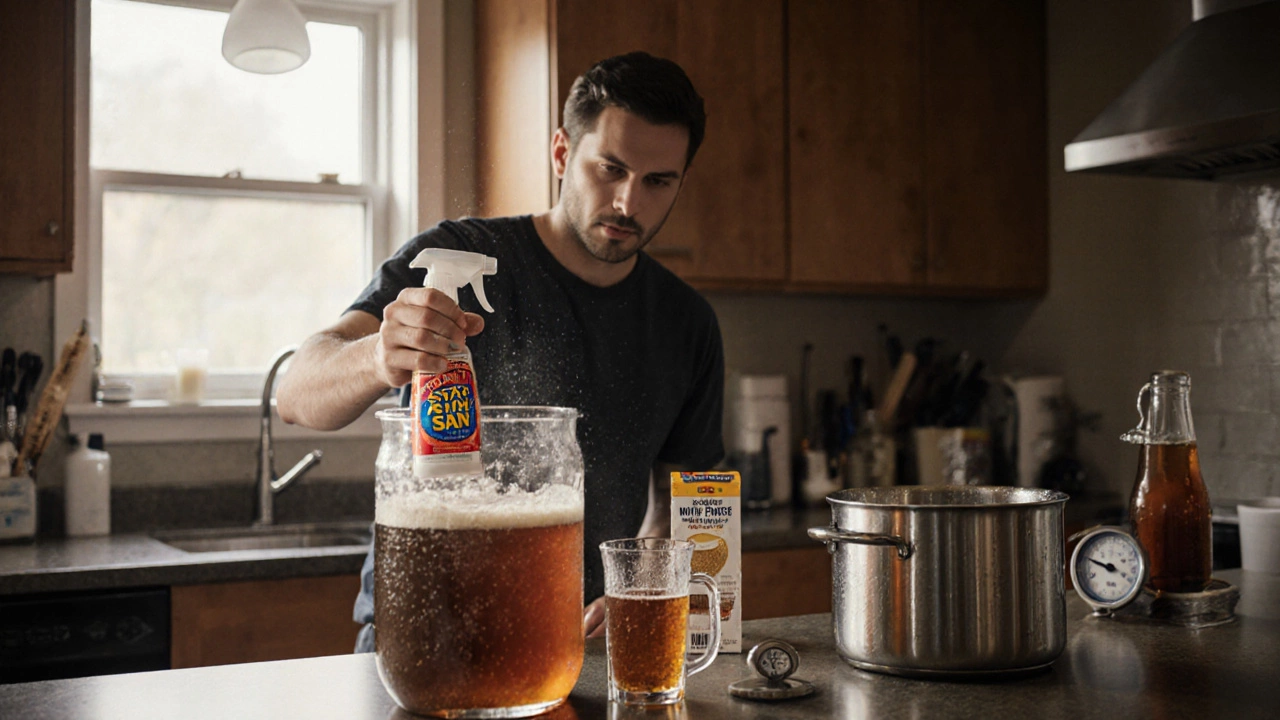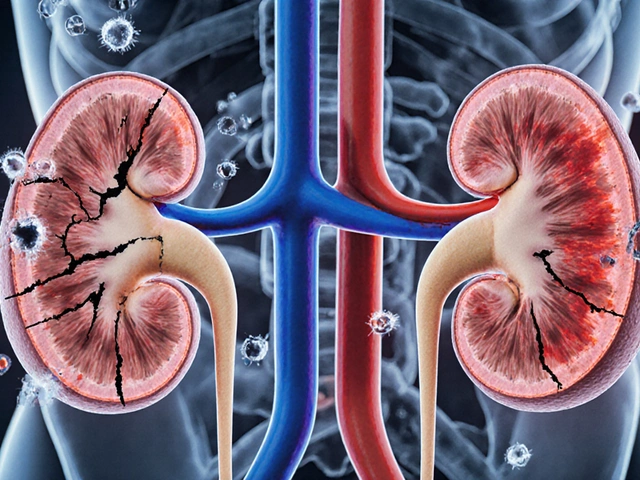Brew Good Beer at Home: Simple Tips, Tools, and Tricks for Real Results
When you brew good beer at home, you’re not just making a drink—you’re controlling flavor, quality, and cost from grain to glass. Also known as home brewing, it’s one of the most rewarding hobbies for anyone who likes beer that actually tastes like something. You don’t need a lab or a degree. You just need basic tools, a little patience, and the willingness to learn from a mistake or two.
Most people think home brewing is all about fancy gadgets, but the truth? It’s about fermentation, the natural process where yeast turns sugar into alcohol and CO2. That’s it. Everything else—boiling, chilling, bottling—is just setup. The real magic happens in a dark corner of your closet or basement, where a simple jug of sweet wort turns into beer over a couple of weeks. And if you’ve ever tasted a store-bought craft beer and wondered why it’s so much better than the mass-produced stuff, the answer is simple: someone made it with care. You can do the same.
What you need to start? A beer brewing kit, a basic setup that includes a fermenter, airlock, siphon, and bottles. Most starter kits cost less than a case of craft beer and come with everything except the ingredients. You’ll pick a malt extract (easy for beginners), hops for bitterness and aroma, yeast for fermentation, and water. Tap water’s fine if it tastes good to you. No need for bottled spring water unless you live somewhere with really bad tap.
People get scared of contamination, but it’s not as scary as it sounds. Clean everything with hot soapy water. Rinse well. Sanitize with a no-rinse solution before you start. That’s it. You don’t need a sterile room. You just need to avoid dropping your spoon in the toilet. Seriously. That’s the most common mistake.
And the flavor? That’s where you get creative. Try different hops. Swap yeast strains. Add orange peel or coffee after fermentation. Some of the best beers ever made started in someone’s kitchen. You don’t have to follow a recipe exactly. Taste it. Adjust next time. Keep notes. You’ll be surprised how fast you improve.
There’s no magic formula. No secret ingredient. Just time, attention, and a little curiosity. If you’ve ever wondered why your friends brag about their homebrew, or why some people spend hours talking about IBUs and attenuation, it’s because it’s fun. It’s personal. And it’s yours.
Below, you’ll find real guides from people who’ve done it—how to fix a flat beer, why your IPA tastes like grass, what yeast really does, and how to bottle without exploding your kitchen. No fluff. No jargon. Just straight-up advice from brewers who’ve been where you are.
Yes, you can brew good beer at home-with the right technique, sanitation, and patience. Thousands do it every year, and many win competitions. Here’s how to start and what really matters.
View Details

